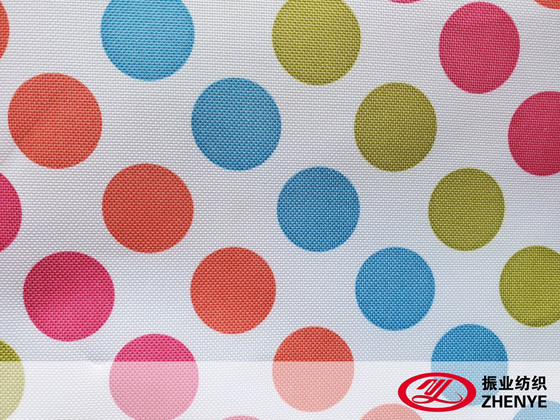When selecting materials for bags, outdoor gear, and protective covers, 600D fabric is often a preferred choice due to its practical combination of durability and versatility. This type of fabric is used in a wide range of applications, offering reliable performance in both indoor and outdoor settings. Understanding the key features of 600D fabric can help manufacturers, retailers, and consumers make informed decisions for their projects or purchases.
600D fabric is a type of polyester material known for its dense weave and medium weight. The “600D” refers to the denier count, which measures the thickness of the individual fibers. A higher denier number typically indicates a thicker, tougher material. In the case of fabric, the balance between strength and flexibility makes it suitable for a wide range of uses, from backpacks to tent panels.
One of the recognized characteristics of 600D fabric is its resistance to wear and abrasion. This makes it a dependable choice for items that are frequently handled, exposed to rough surfaces, or subject to movement. For example, luggage and travel bags made from fabric tend to maintain their appearance and functionality after extended use.
Another important feature of fabric is its water-resistant capability. Many manufacturers apply a polyurethane or PVC coating to enhance the material’s ability to repel water. While fabric is not entirely waterproof, it offers reliable protection against light rain or splashes, which is valuable for outdoor equipment and carrying cases.
The material’s ease of cleaning also adds to the popularity of 600D fabric. Stains and dirt can usually be wiped away with a damp cloth or mild soap solution. This makes it an attractive option for items like tool bags, pet accessories, and portable seating that might be exposed to dust or spills.
Flexibility is another reason 600D fabric is widely used. Though it offers notable strength, the material can be easily cut, sewn, and shaped, allowing for the production of customized products in various sizes and designs. Manufacturers appreciate this adaptability, especially when creating products that need to balance durability with a manageable weight.
600D fabric is also resistant to stretching and shrinking. This stability helps maintain the original shape and fit of items, which is especially important for protective covers and structured cases. Regardless of exposure to heat, cold, or moisture, fabric tends to retain its dimensions over time.
In addition to functional qualities, fabric comes in a wide range of colors and patterns. This makes it suitable for products that require both visual appeal and performance. From camouflage outdoor gear to brightly colored school bags, the fabric’s versatility in appearance is a valuable asset for designers.
Another aspect to consider is the UV resistance of 600D fabric. Items made from this material are often used in outdoor environments, where prolonged sun exposure can cause fading or degradation. Many versions of fabric are treated to withstand UV rays, extending the lifespan of items like patio furniture covers, tents, and car organizers.
The affordability of 600D fabric relative to other heavy-duty textiles is also worth mentioning. It offers a good balance of cost and performance, making it accessible for both mass production and custom projects. Small businesses and individual makers often select fabric when they need a durable material without a high price tag.
Fire resistance is another available feature in some fabric products. While not standard in every variation, certain treatments can enhance the material’s ability to resist ignition, making it safer for specific environments like camping or event settings where open flames might be present.
Additionally, 600D fabric maintains color and texture well after multiple uses. This consistency is valued in applications where both appearance and function matter. Whether it’s a display banner, equipment bag, or outdoor cushion, the fabric holds up to regular handling without losing its original qualities.


 EN
EN
 English
English Español
Español 中文
中文
.jpg)
.jpg)
.jpg)
-2.jpg)


